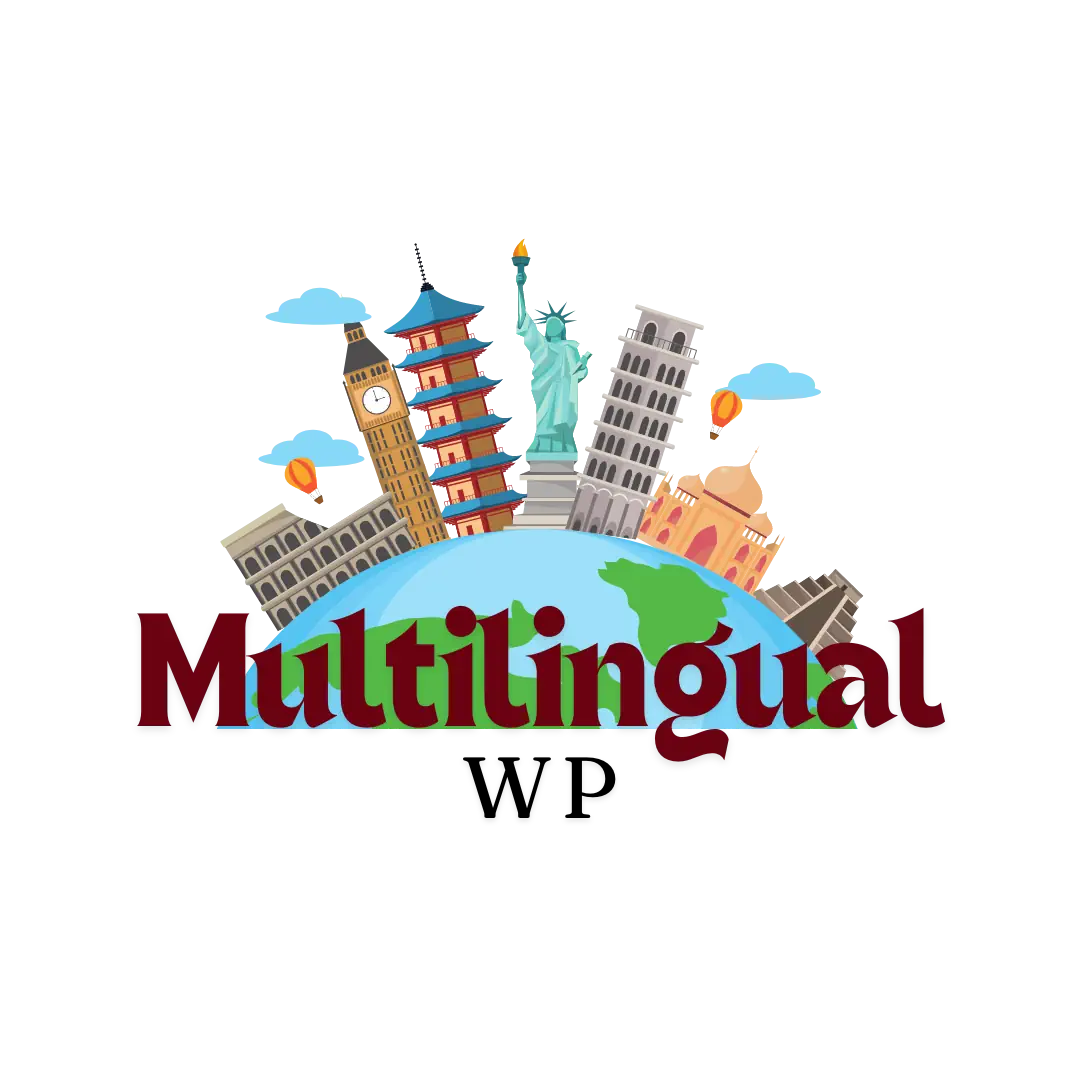A bilingual website is essential for businesses and organizations looking to connect with audiences who speak different languages. By offering website content in two languages, you can expand your customer base, improve user experience, and make your website available to a global audience.
This guide will walk you through creating a bilingual website, best practices, and multilingual website examples to inspire your design.
Why a Bilingual Website Is Essential
Connect With a Diverse Customer Base
A bilingual website enables you to cater to audiences that speak more than one language, making your website more inclusive.
Improve User Experience
Allowing users to view content in their preferred language enhances their experience and engagement with your site.
Expand International Reach
By offering content in multiple languages, you position your brand to reach global markets and increase visibility.
Boost SEO
Creating a bilingual website optimized for search engines ensures that users searching in different languages can discover your content.
Best Practices for Creating a Bilingual Website
Choose the Right Website Builder or Platform
Your website builder should support multilingual features. WordPress, for example, allows for easy integration with multilingual plugins like WPML and Weglot.
Use a Language Switcher
- Include a visible drop-down menu or a toggle in your website header or footer.
- Ensure users can switch between languages seamlessly.
Optimize for SEO in Each Language
- Use hreflang tags to signal search engines about different language versions of your site.
- Localize keywords for each language to ensure better ranking in search results.
Ensure Accurate Translations
- Combine automatic translation tools like Google Translate or DeepL with professional translation services to maintain quality.
- Avoid relying solely on machine translation for business-critical content.
Adapt Web Design for Different Languages
- Account for text expansion or contraction based on the language.
- Design layouts that accommodate longer phrases or different scripts.
How to Build a Bilingual Website
Step 1: Choose a Multilingual Plugin
Popular options for WordPress users include:
- WPML: Offers robust translation management and SEO optimization.
- Weglot: Simplifies the process with automatic translations that you can manually refine.
Start building your bilingual website today with WPML or Weglot.
Step 2: Translate Your Website Content
- Use your plugin’s interface to translate posts, pages, and menus.
- Ensure all important website content is available in both languages, including images, meta descriptions, and alt text.
Step 3: Add a Language Switcher
- Include a drop-down menu or toggle to let users easily choose their preferred language.
- Place the language switcher in a prominent location, like the header or footer.
Step 4: Test the Bilingual Website
- Verify that all links, forms, and pages work correctly in both languages.
- Test on different devices to ensure responsiveness.
Multilingual Website Examples to Inspire
1. Air Canada
This Canadian website provides an excellent example of bilingual design, offering English and French versions of its content.
2. IKEA
IKEA’s multilingual website provides seamless switching between multiple languages to cater to a global audience.
3. Shopify
Shopify’s website is available in several languages, showcasing a clean design with an intuitive language switcher.
4. BBC
The BBC offers a multilingual site with clear navigation and localized content for global users.
5. Wix
Wix’s multilingual website options allow users to switch between languages using a user-friendly drop-down menu.
Tips for Designing a Bilingual Website
- Plan Language Versions Early: Decide on the default language and additional languages during the website planning stage.
- Include Localized Visuals: Use culturally appropriate images and symbols.
- Maintain Consistency: Ensure the bilingual design looks cohesive in both languages.
- Provide Customer Support in Both Languages: Include contact forms and support options in both languages for a complete user experience.
Tools for Automatic and Manual Translation
Automatic Translation Tools
- Google Translate: Offers quick translations but may lack nuance.
- DeepL: Known for more accurate translations compared to other tools.
Professional Translation Services
For important content, combining automatic tools with professional services ensures accuracy and context.
Conclusion
A bilingual website is a powerful tool for connecting with diverse audiences, enhancing user experience, and expanding your brand’s reach. Whether you’re building a multi-language website for a small business or an international organization, following best practices and using reliable tools like WPML or Weglot will make the process smooth and effective.
Take the first step in creating a bilingual website with WPML or Weglot. Make your website accessible to users in their preferred language today!
